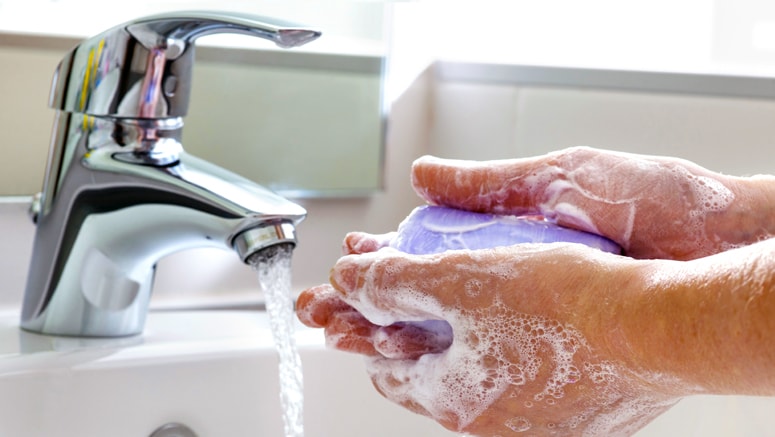When it comes to 3D printing, the sky is the limit. As 3D printing technology continues to advance, applications can be as far reaching as airplane and automobile parts to medical devices and even anatomically correct, biocompatible models. Although 3D printing technology is developing at a rapid pace, the technology itself is not new. It emerged in the 1980s as a means of creating rapid prototypes. In recent years the applications for 3D printed models have evolved with the available hardware, software, and printable materials. Evolving technology, paired with the creative and innovative minds of scientists, engineers, and physicians, has been the launching pad for developments within 3D printing technology specific to healthcare. One way 3D printing technology is poised to create better patient outcomes is in creating an anatomically and patient-specific models to aid in surgery and medical procedures. With the capability to 3D ...

Why does the FDA care?
When you first heard the FDA was imposing an official ruling on anti-bacterial hand soap you may have scoffed. Although hand soap sounds trivial there are many legitimate and wide-spread health related reasons the FDA has weighed in with this strong stance.
It is worth considering the governing principles the FDA operates upon. The mission of this regulatory body is to actively protect public health by ensuring the safety and effectiveness of human and veterinary drugs, medical devises, and cosmetics. If a product is safe but not effective it is not fulfilling the criteria established by the FDA. If it is effective but shown to not be safe it is undoubtedly not going to get approval from the FDA. So how does hand soap, of all things, fit into this?
IT’S NOT EFFECTIVE
Up until now the FDA has withheld judgment about antibacterial hand soap. They allowed time for research to be conducted exploring the efficacy of such soaps as compared to regular hand soap. To date, studies have not generated data to show the antibacterial version of hand soap is any more effective at cleaning. There are 19 substances included in the ban but central to this issue are triclosan and triclocarban. Let’s take a deeper look at three of the leading issues that have resulted in the ban on hand soaps and cosmetics with anti-microbial components.
TRICLOSAN HURTS ENVIRONMENT/PEOPLE
Think about your hand washing routine. A pump of soap, lots of suds and scrubbing, and just like that the cleaning substances washes down your sink and off to the water treatment plant. If the soap contains antibacterial components, such as triclosan, when it enters the waste water treatment facility it may accumulate in the sludge. The sludge is often used as a fertilizer, which means it is released into the environment. That means the treated water containing trisclosan is then released into the environment. Many people would agree releasing any sort of chemical into the environment should be guarded against. Triclosan in particular has shown tendencies to disrupt the endocrine system within rodent studies, so there is serious concern about the dangers of releasing it into the environment. Additionally, there is concern about it reentering the water system consumed by humans. Therein lies the safety concern the FDA has been evaluating regarding antibacterial soap. Even seemingly simple, every day products are not always so simple.
THE ISSUE OF SUPER BACTERIA
Next, consider the global concern about super bacteria. The more we use antibacterial products the more likely bacteria strains are to develop with powerful resistance to common treatment methods. This is in part because of the previously mentioned issue of anti-microbial compounds like Triclosan accumulating in waste water sludge. There, it interacts with bacteria and other microbes that digest the solid material. One study on the impact of triclosan within wastewater sludge produced data indicating high levels within wastewater sludge causes a spike in a gene that creates resistance to antibiotics and anti-microbials.
Pervasive use of anti-microbial compounds in everyday life also leads to the potential of super bacteria strands that are stronger and harder to fight. As bacteria survive certain remedies it quickly passes its DNA on to future bacteria, creating a more robust strain than what previously exists. This is why avoiding exposing bacteria to anti-microbial compounds, when unnecessary, is a best practice.
WHAT DOES THIS MEAN FOR SOAP MANUFACTURERS?
Soap manufacturers have 1 year to change their products or remove their products from over-the-counter sales. However, many leading consumer product companies have already begun phasing these products off shelves, to include Proctor and Gamble and Johnson & Johnson. In 2013 they had a heads up that this ban could become a reality when the FDA issued a proposed rule and requested companies prove that anti-microbial products were more effective than plain soap and water and that they were safe. Those that sell hospital anti-bacterial products will be exempt. This also does not apply to antibacterial hand sanitizer or wipes, as those chiefly use alcohol as the cleaning agent. Additionally, antibacterial products used within health care settings are exempt from this rule. For everyone else, they have until September 6, 2017 to reformulate or relabel their products.
Comments
Post a Comment